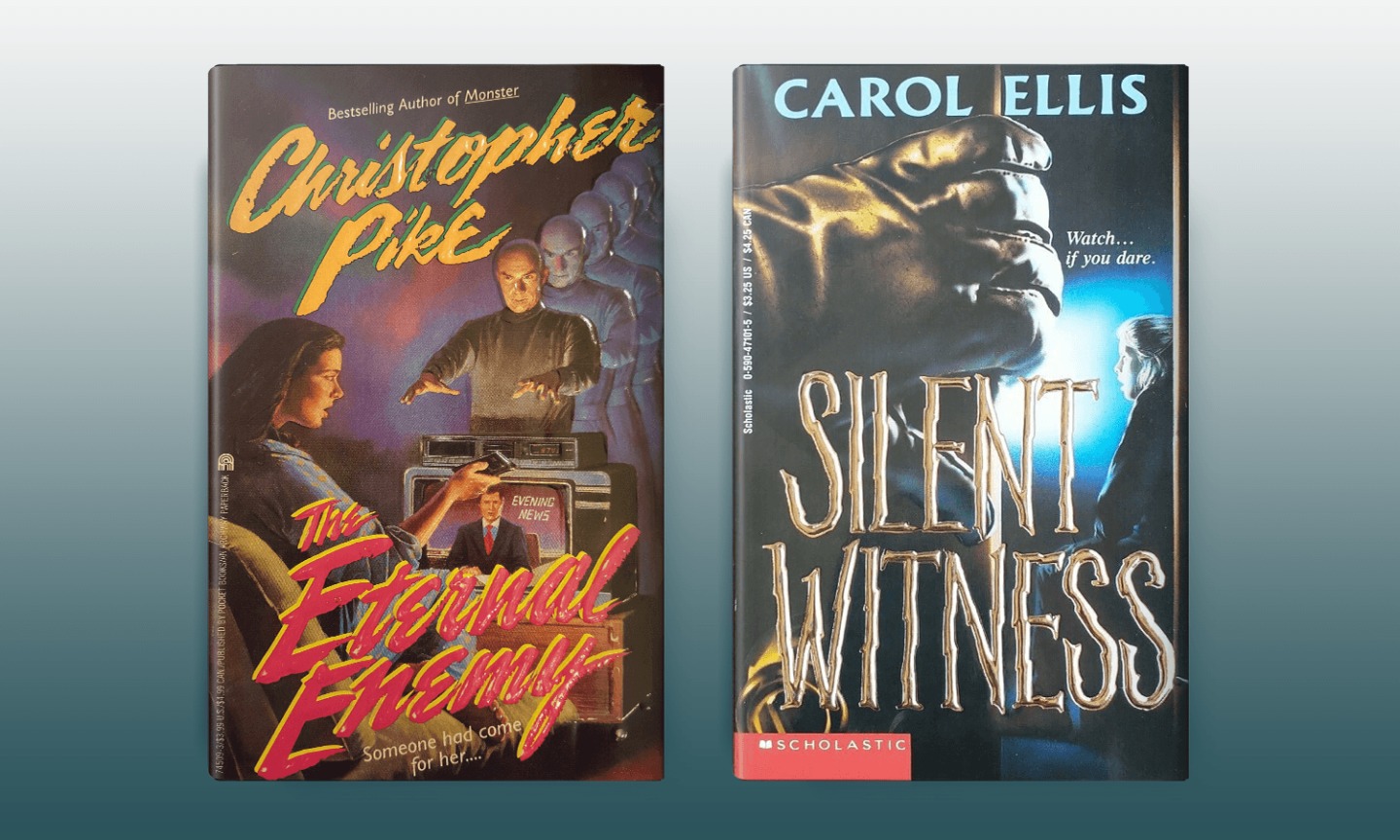
Goodness, rewind: Horror tapes from ‘Eternal Enemy’ and ‘Silent Witness’
I miss the video store. The excitement of receiving a long-awaited new movie, the suspense of wondering if all the copies of the movie you want have been rented out, the sense of endless possibilities of wandering aimlessly in the hope of finding some wonderful, unexpected treasure. Video stores are entertainment goldmines, offering the opportunity to rent, watch and rewatch hundreds of constantly updated movies, all for just a few bucks and conveniently located down the street. We can now watch a wider variety of movies more conveniently, even on a screen without leaving the house, but it’s just not the same.
The horror of videotape, VCR and the small screen was at the heart of Christopher Peck’s Eternal Enemy (1993) and Carol Ellis’ Silent Witness (1994). The two books evoke different modes of horror and suspense, Pike’s science fiction and Ellis’ mystery/thriller. In both cases, however, the role of video recording is crucial to understanding the past and future, as well as the characters and those around them, friends and foes alike. There is also an interesting dynamic of power and agency at play, with the ability to record, view and manipulate images on screen through the way these images are created, consumed and mediated.
In Parker’s “Eternal Enemy,” Rela really wants a VCR. Her budget was pretty tight, but Ed from Circuit City helped her out by selling her a pricier VCR, then making her pay as much as she could and writing a post-dated check to make up the difference. (Ed might not be Employee of the Month. He’s also kind of creepy: Leyla tells him she’s throwing a party, and when he asks her, she tells him no. But he has her check, which means He had her address, and he showed up at the party anyway. Leila shrugged it off and arranged for him to be with her best friend, Stacey. Everyone was happy with that, Ed and Stacey was quick to make out. Leila ran home with the VCR and set it up in her room, excited to use it to record an old horror movie that was on cable TV in the wee hours of the morning, and she A presentation was planned at a party later in the week. But when Layla hit play for the gathered friends, all she recorded was a boring old news broadcast.
After the party, Layla fiddles with the VCR to try to figure out what she did wrong, only to discover that she’s set the date wrong and inexplicably recorded a news broadcast from the future. She taps into that ability a bit, earning some money with some sports betting and saving the life of a window cleaner who would otherwise have fallen to her death. But then Leila sees news reports of her own murder and things quickly become complicated.
As Leila continues to investigate the VCR’s mysterious powers and the glimpses into possible futures it offers, she ends up learning more about herself than she ever imagined, and the real question isn’t how the VCR does it, but It’s who Layla is, how she got here, and what’s going to happen to humanity. In “Eternal Enemy,” Layla is remarkably reticent in answering questions about who she is and where she came from, and the pieces fall into place one at a time over the course of the novel. She lives in Los Angeles with her adoptive father, who works on a mission to care for those in need. She claims to know nothing about her biological family and says she has no idea where they are, and if anyone thinks this is weird or presses her for more information, she either tells them it’s a long story or she doesn’t Knowing wanting to talk about it effectively ends the conversation either way. When her adoptive father suggested they try harder to find her family, she told him not to. As her memory slowly returns and her story emerges, readers discover that Layla meets her adoptive father on a mission after she was found wandering the streets disoriented and disoriented,
As more and more of Layla’s complicated story is revealed and her memories come back, her reluctance to share her story starts to make more sense as how she can logically contribute to her Friends explain that she is a robot sent back from the future to stop an inventor’s invention. To set a chain of events into action that will ultimately destroy humanity? Or that her boyfriend Christopher is actually a younger version of her grandfather, and she returns in time to stop the inventor? It does seem like something best kept to yourself.
As Leila watches a newscast from the future, she begins to discover more about her memories and her mission. She’s basically forgotten who she used to be (Sarah), and the trauma of becoming a robot after the death of a human, though those realities start to resurface in disturbing, fragmented nightmares. It’s not so much that the VCR has supernatural powers, but that Layla/Sarah is able to influence it, touch the machine, and inscribe on it her own knowledge of the future through those recorded newscasts. Layla/Sarah is the only one who can tell the whole story herself, even though she has to dig the story inside of herself to do so. Once she discovers this power, she too will be able to document her story and build the legacy she will leave,
In Pike’s final pages, the reader is left with questions. Rilla/Sarah sacrificed herself for the good of humanity, and Christopher watches the videotape she left behind, which takes the reader back to the opening lines of the book (Pike also uses this circular narrative technique in Immortal )l). Christopher has seen who he is going to be and the impact he will have on the world, but he rejects both, telling himself “I will never be like that…never” (180). But as he repeatedly told Layla/Sarah in conversations—both when she was a living girl in a future timeline, and in the present time travel reunion in the novel—her grandfather thought He did the right thing, alleviated suffering, and acted in the best interest of humanity. At some point in the future, Christopher may find himself doing the same rationalization, or forgetting about the promises he made, or simply losing his faith in restraint when he fully wields the knowledge and power he possesses. This arrogance may drive exploration and development. destroy.
Ellis’ The Silent Witness is a more traditional thriller. There’s no time travel or robots, though fundamental questions about the human condition and people’s capabilities remain at the heart of the story. In the book’s opening pages, Lucy Monroe tries to come to terms with the death of her friend and neighbor Alan Torrance, who fell off “a high, crumbling concrete embankment” (2) , a slightly industrialized variant of the cliff that dominated ’90s teen horror, where people often fell (or were pushed) from it. Alan’s grieving mother gives Lucy a box of Alan’s belongings that she thinks some of his friends might like to keep in his memory, including a mysterious videotape.
Allen, an aspiring filmmaker, often keeps his VCR with him, documenting his and his friends’ daily lives, including senior car washes and recent parties. But there was something special about this tape, because once it was known that Lucy had it, someone started trying to get it from her. The mysterious man rummaged through her lockers, broke into her house, attacked her best friend Jenny when they mistook her for Lucy, and locked Lucy in the school’s video editing lab in a sealed cabinet in the hope that she would suffocate without being found. Spent a long weekend there.
Suddenly, almost every friend of Lucy’s is a suspect: Suzanne has been dating Brad for years, but has been photographed making out with another man. Jon is the sweet new boy Lucy is interested in, and the tape captures his darker side as he angrily confronts Alan and pushes the camera away.
But at the end of the day, Robert is the one to hide the most, and the one to kill for: being at the top of his class and on his way to an elite university, if anyone sees Ellen’s tape showing Robert on the run, he’ll Lost everything at the scene of a fatal hit and run accident. Alan encourages Robert to go to the police and tell them what happened – Robert admits he was going too fast, but the man he hit was walking drunk in the middle of a deserted road. However, Robert refused, unwilling to risk his bright future with this mistake because he thought it was best to put it behind him and forget about it. When Allen threatened to turn over his tapes to the police if Robert didn’t come forward himself, Robert killed Allen. A hit-and-run was an accident, but when he kills Allen to silence him, that’s murder,
These unconventional videos in “Eternal Enemy” and “Silent Witness” allow the protagonists of the books to speak from beyond the grave, intervene in the development of the world, and change the course of events. Christopher watched the Leila/Sarah story, and with that insight he might have made better, more humane choices, and Ellen’s tapes would have ensured that Robert was brought to justice, even if Alan himself had There was silence. The images recorded on these tapes, and the experiences of the people who view them, blur the lines between the present, the past, and what might happen in the future. The characters have a great deal of control over the tape itself: choose what to record, what story to leave behind, fast-forward to the aftermath of Christopher’s actions or rewind to a world where Alan is still alive. In the end, though, the image on the screen is just that: graphic, flickering, dynamic, but untouchable, immutable. The surviving characters Eternal Enemies and Silent Witnesses are trapped in a real world where you only have one shot and time can only move in one direction, let them make a choice, hope for the best, and see how it all plays out.

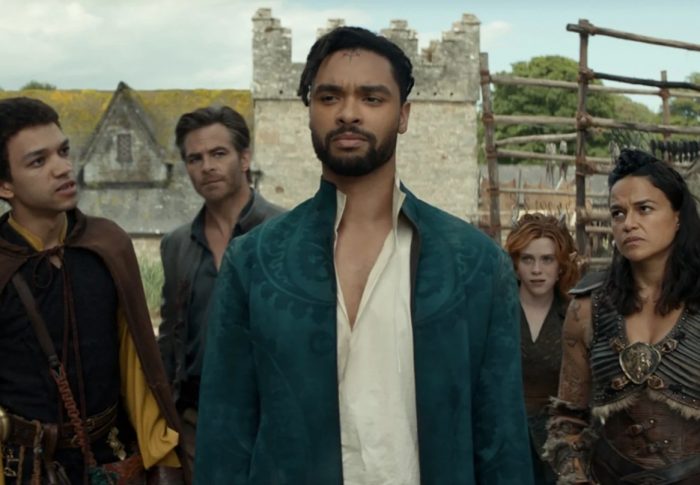

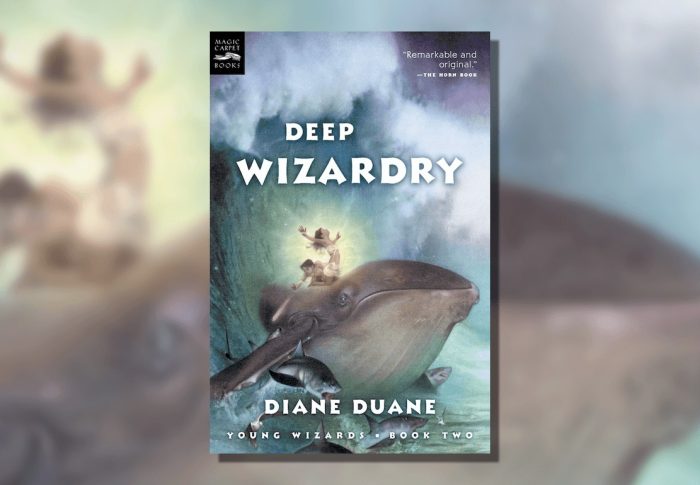
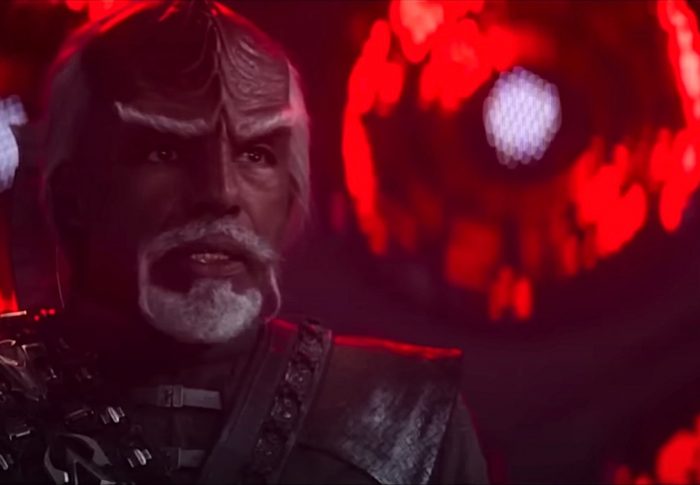
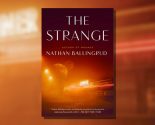

Tagged character preferences, complexity, do-gooders, morality, paladins